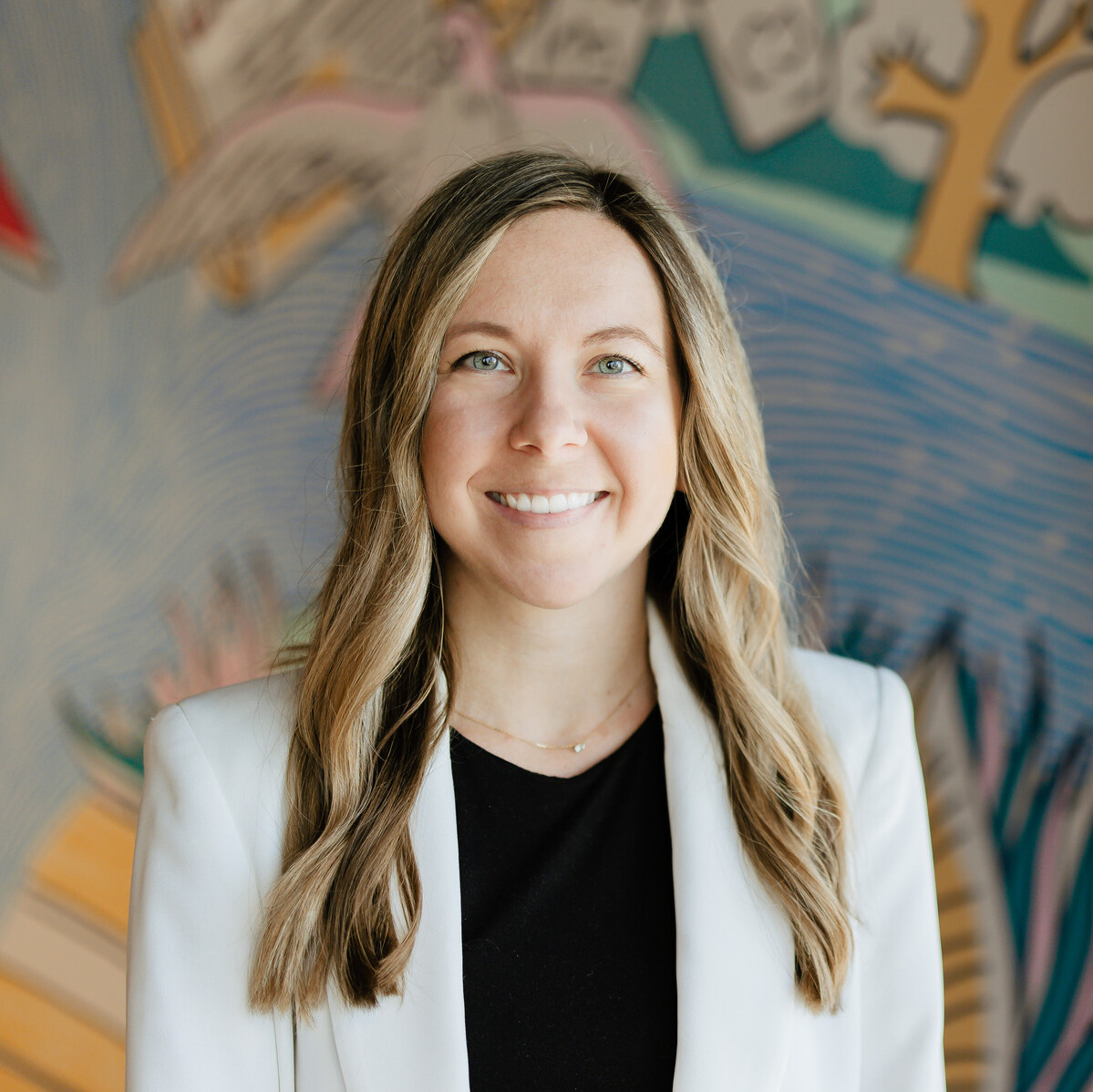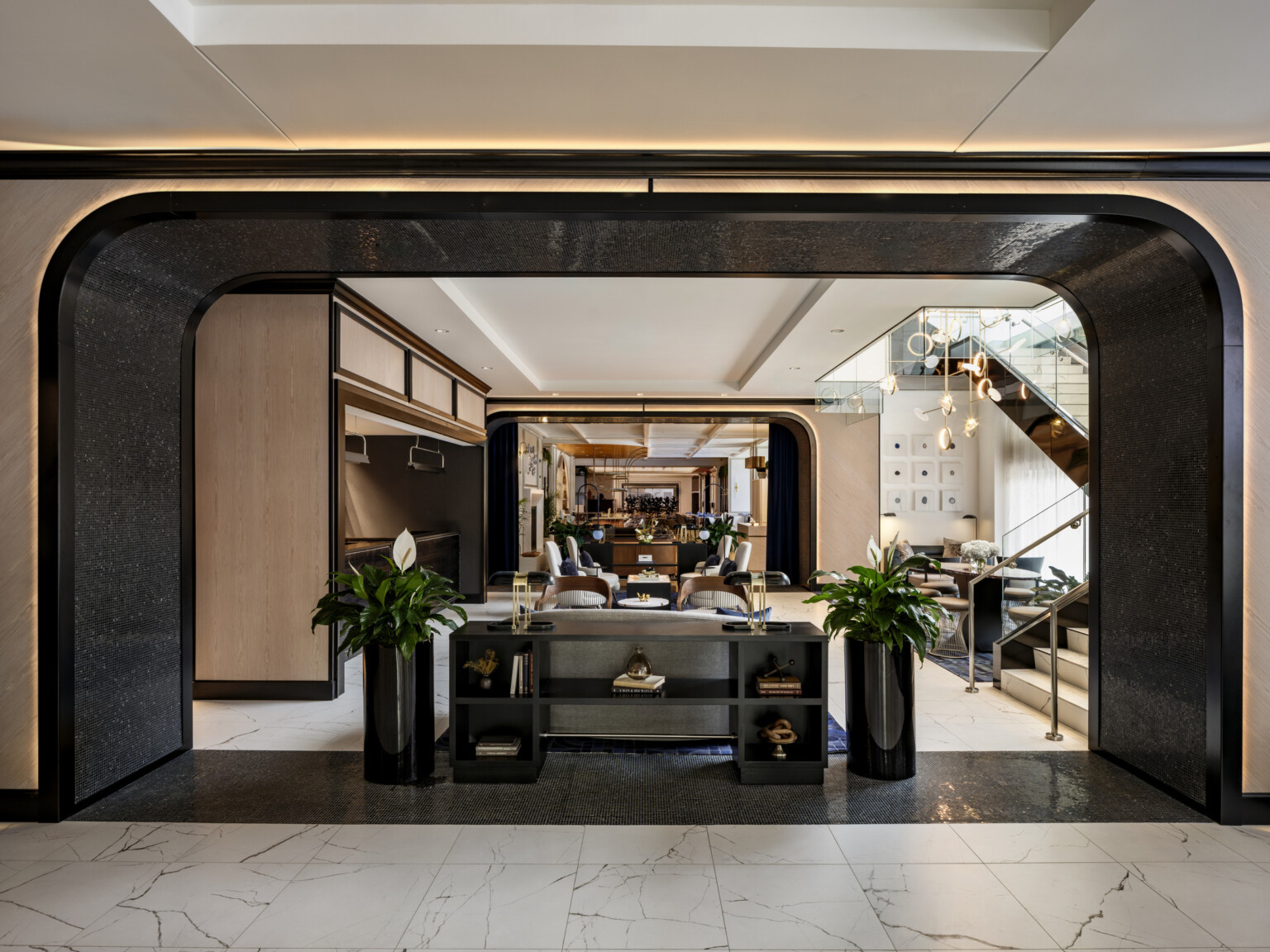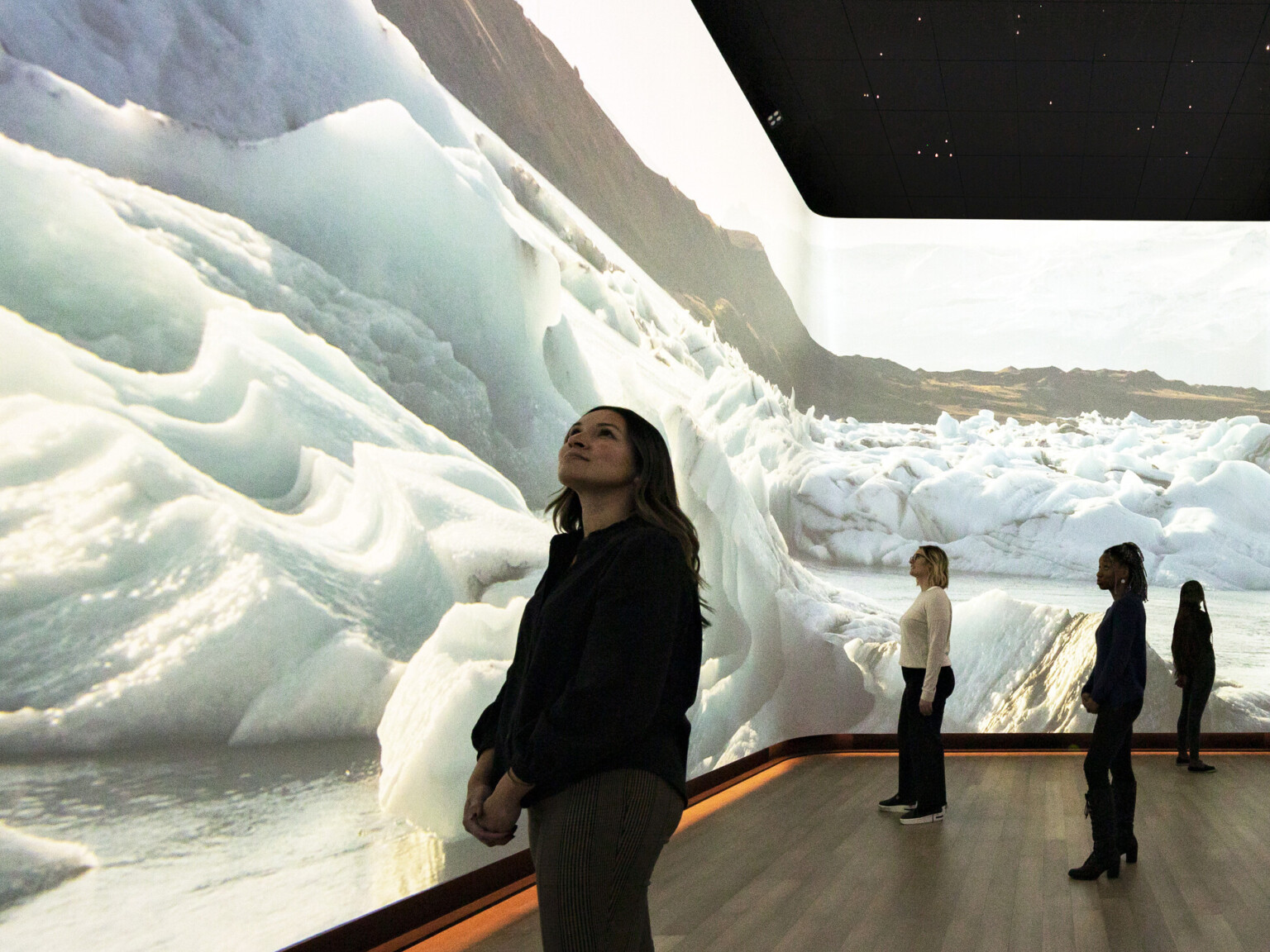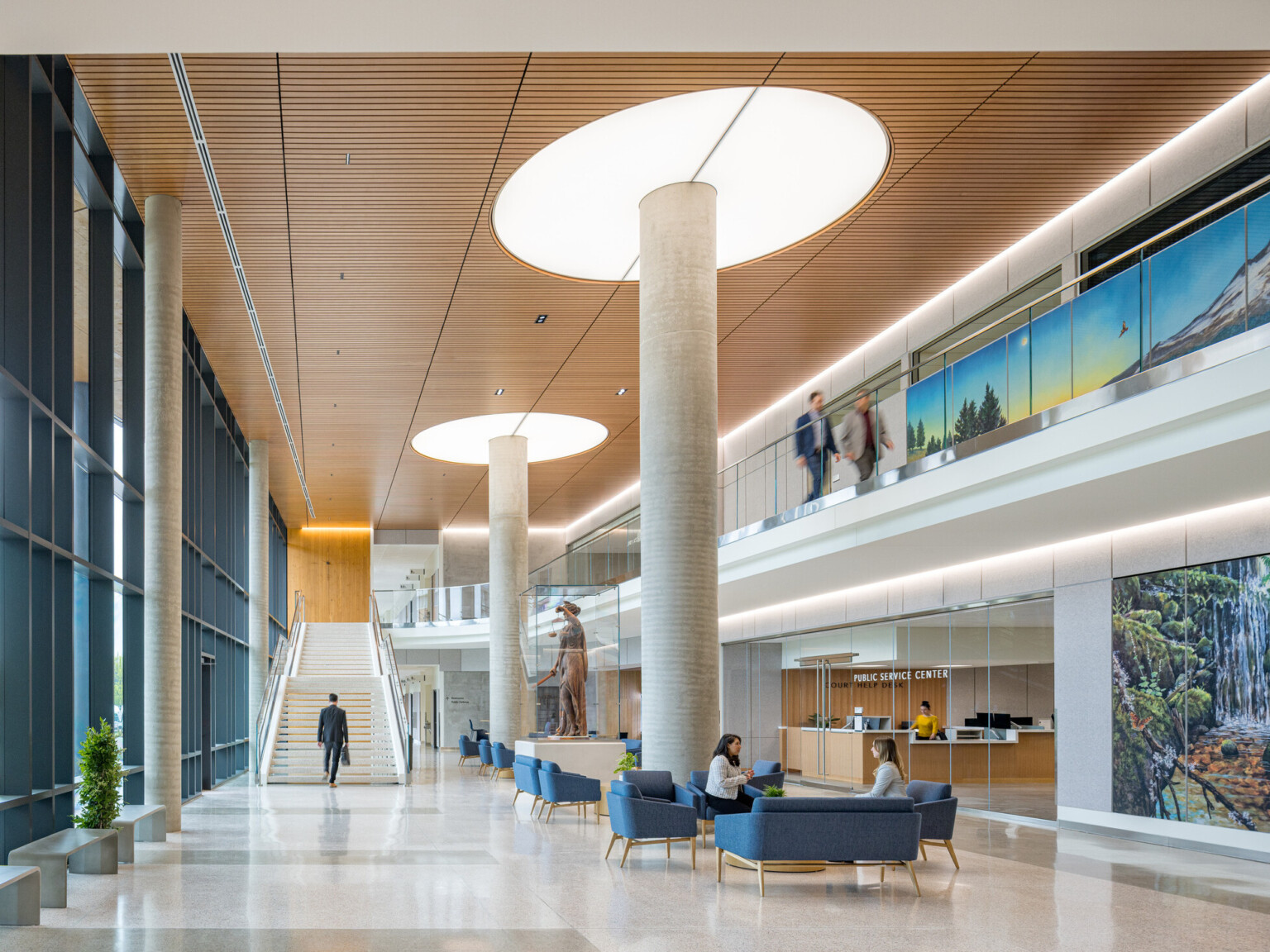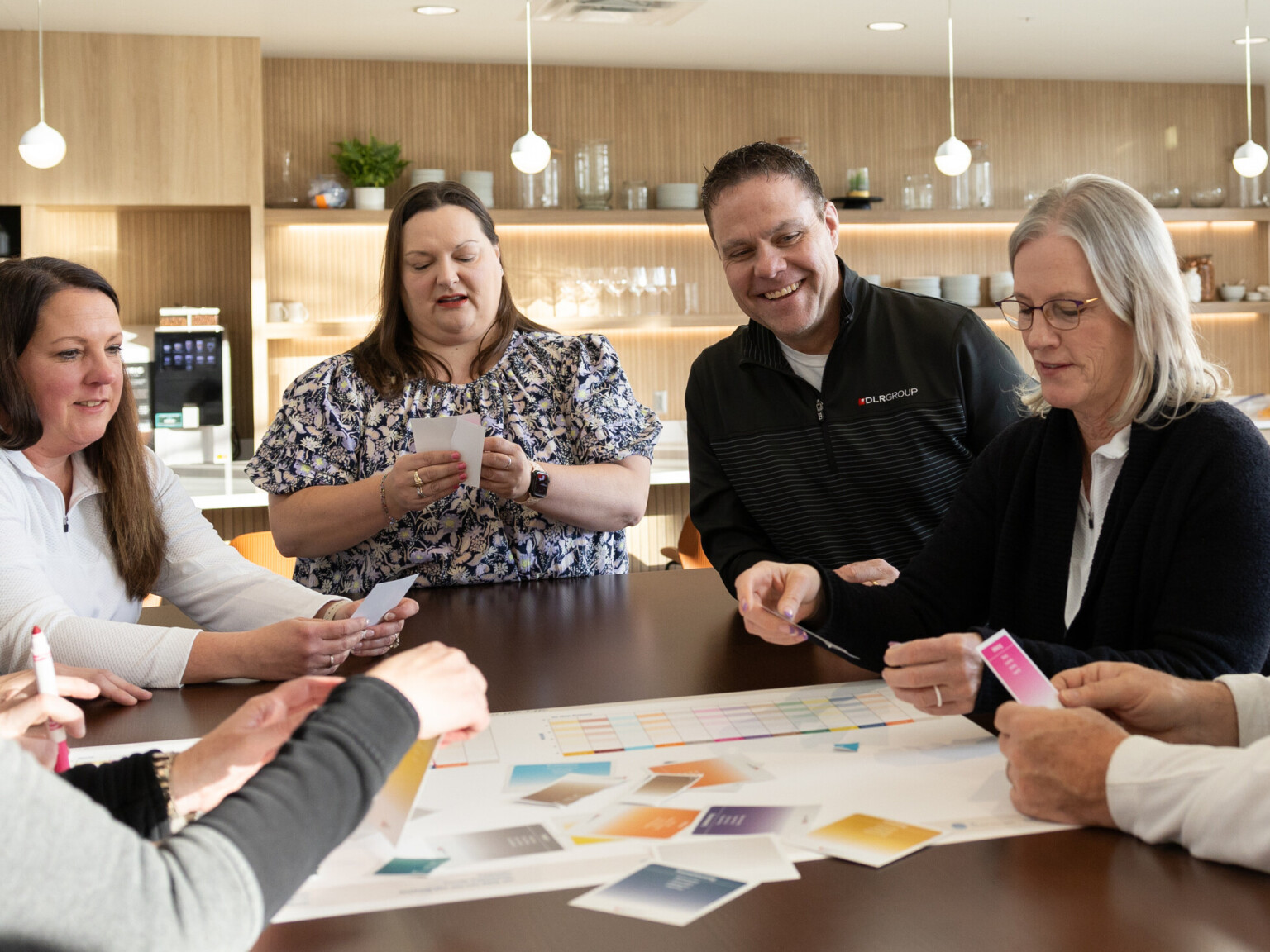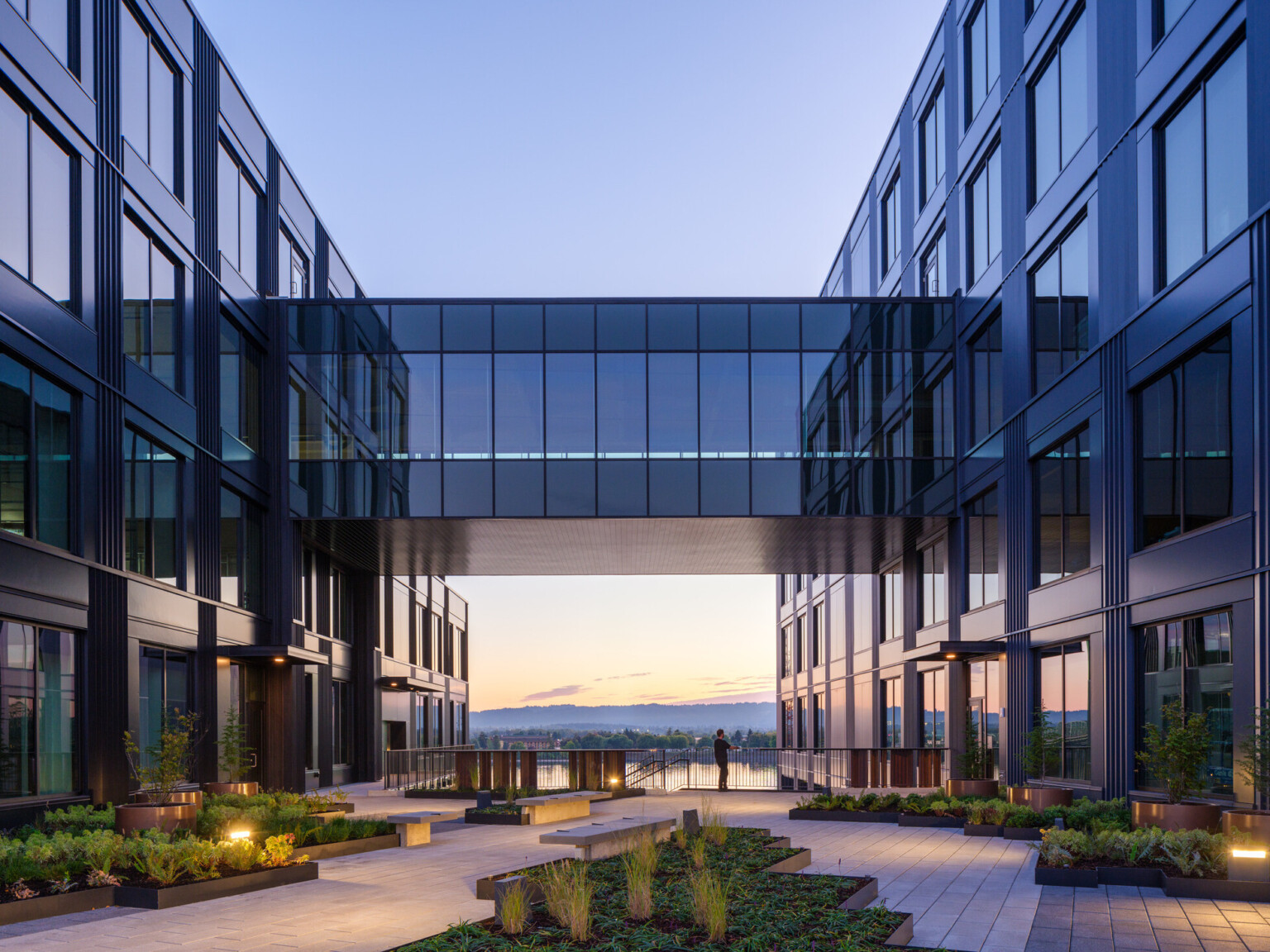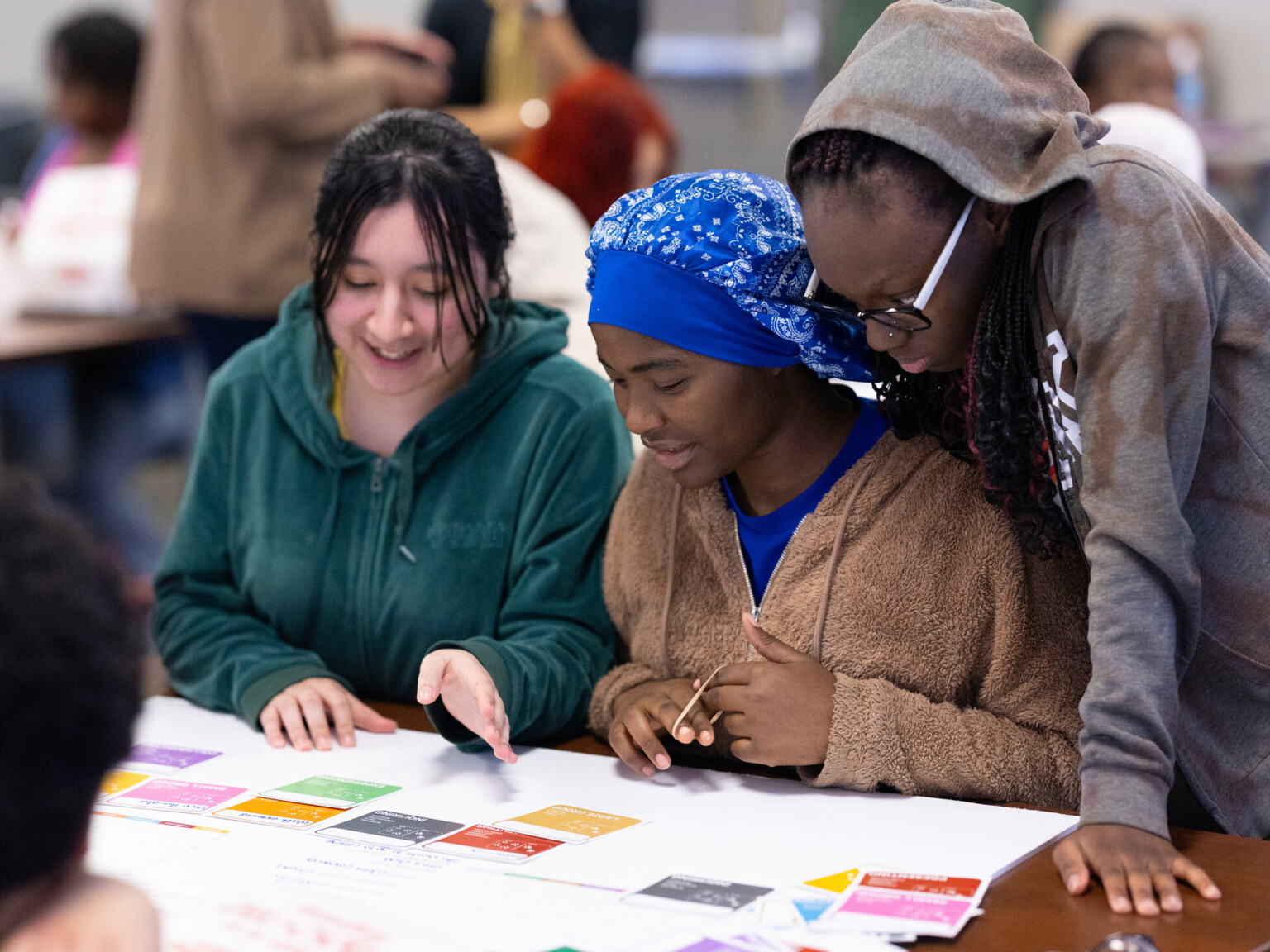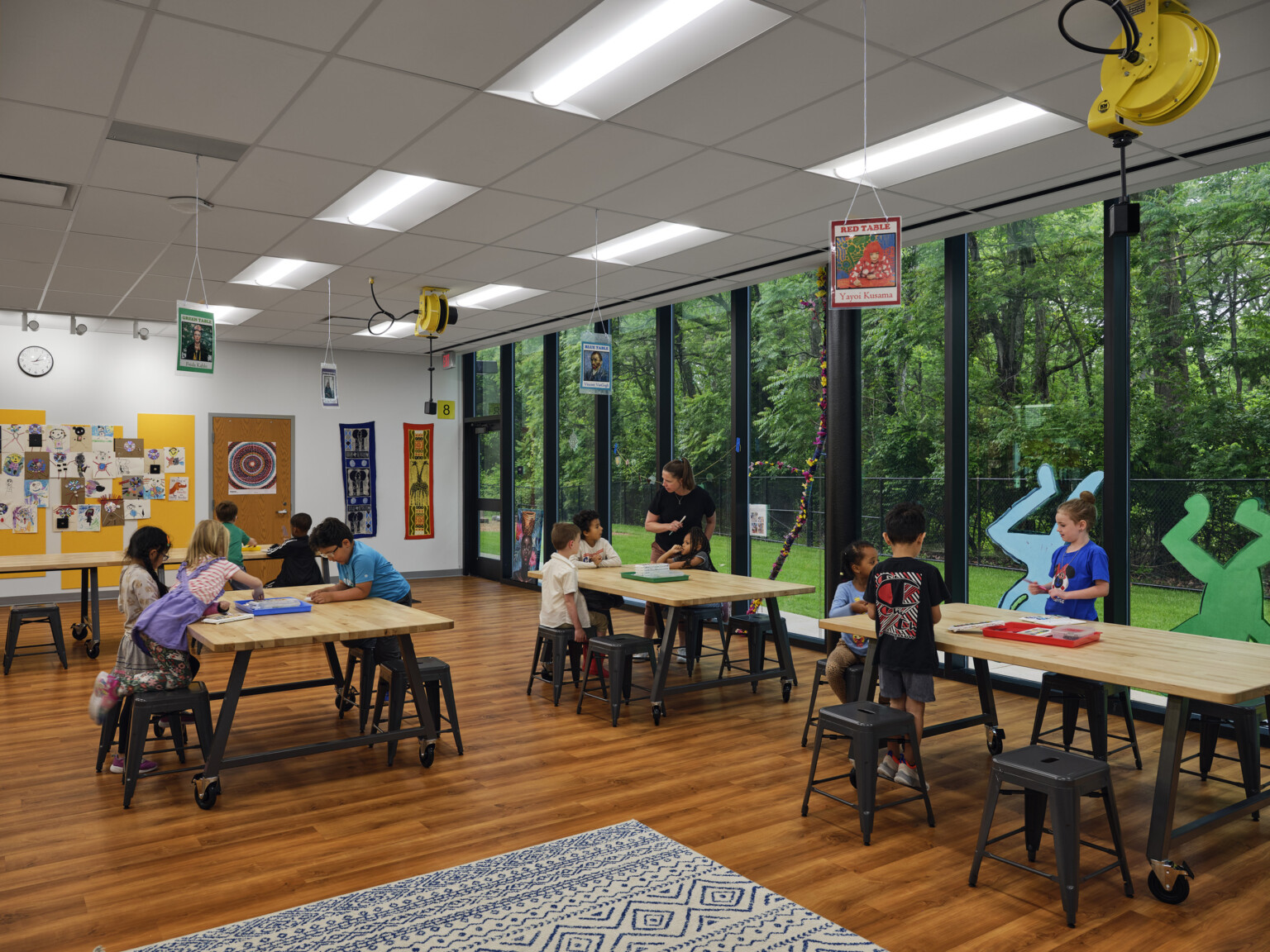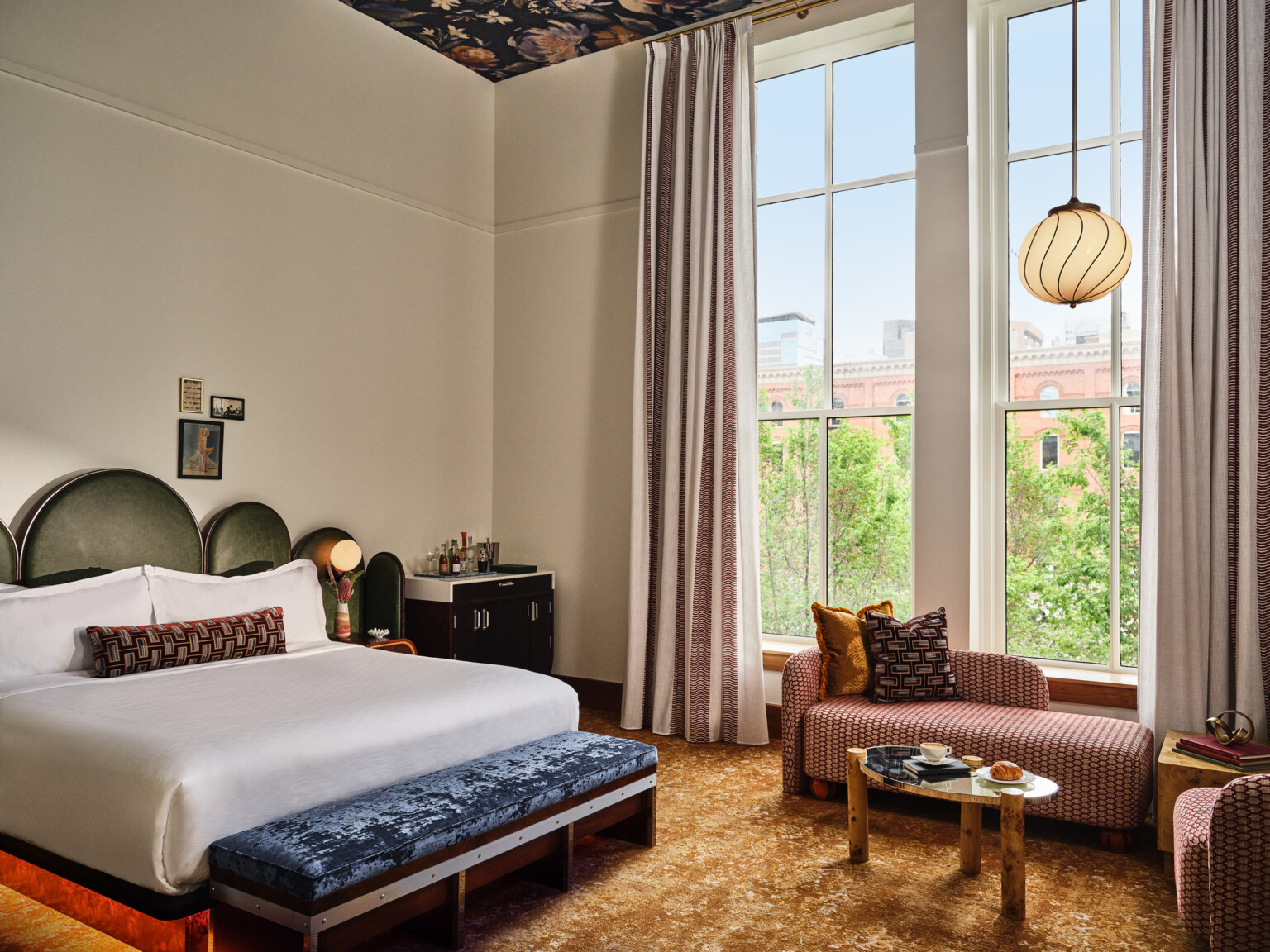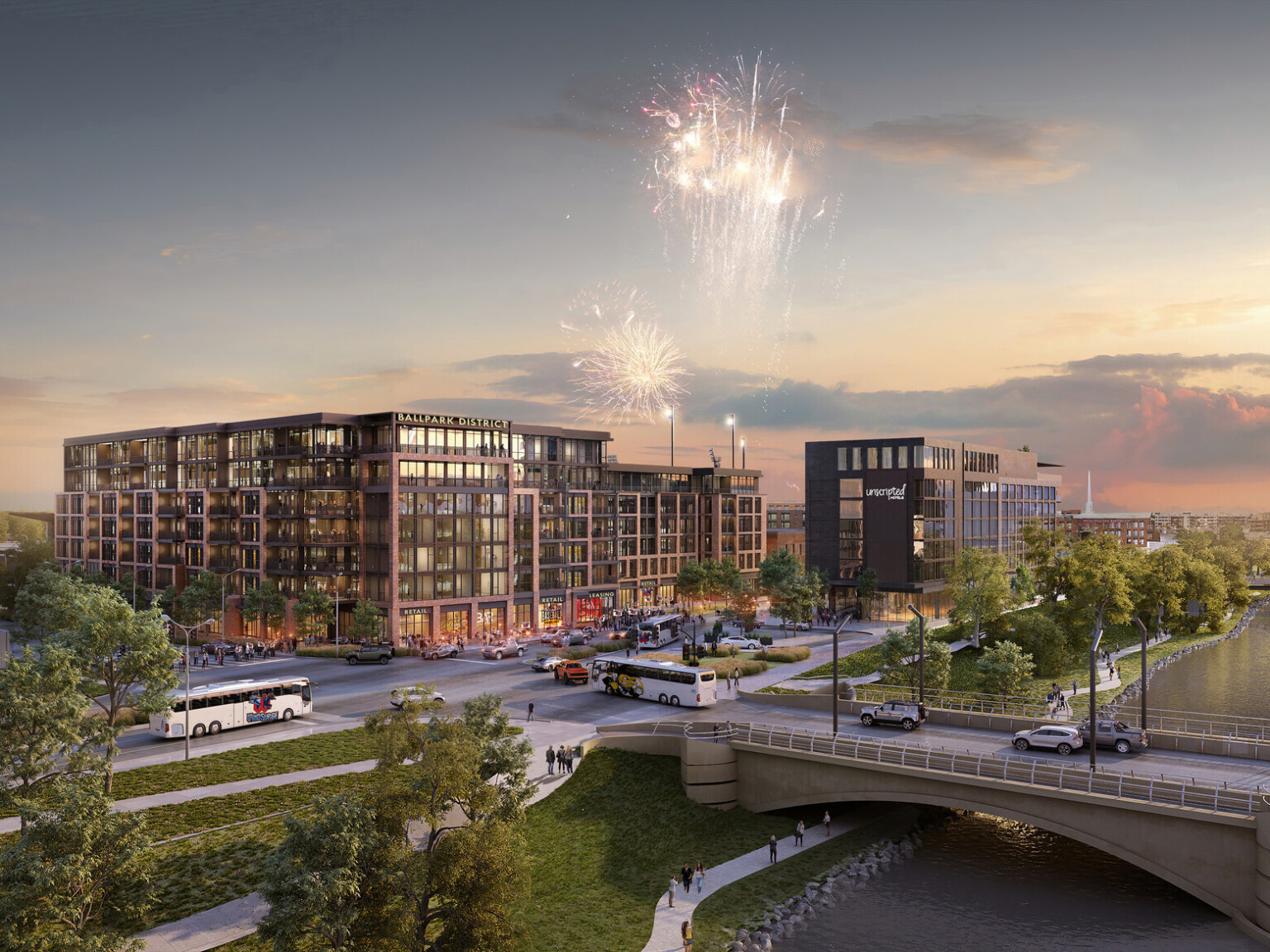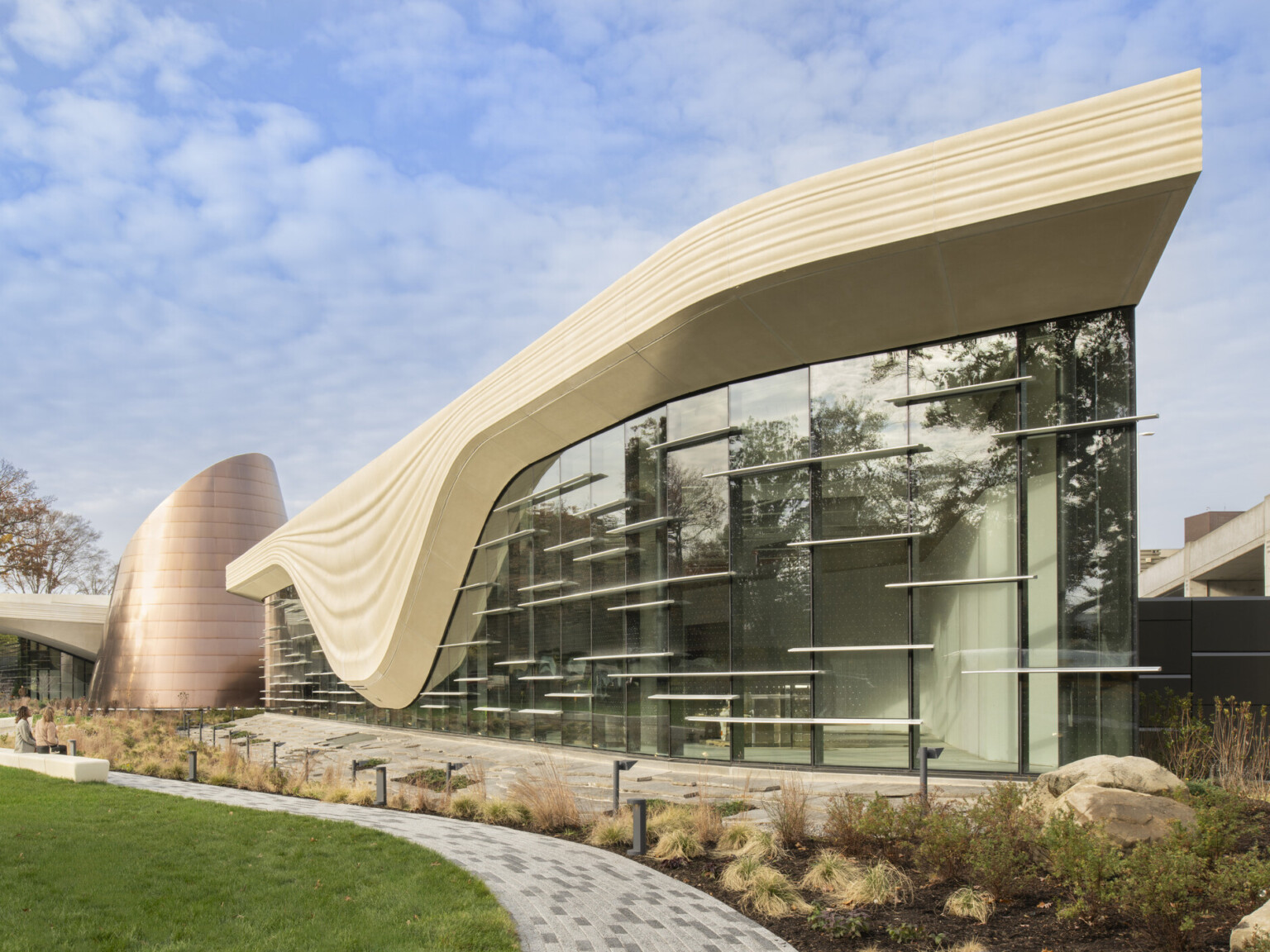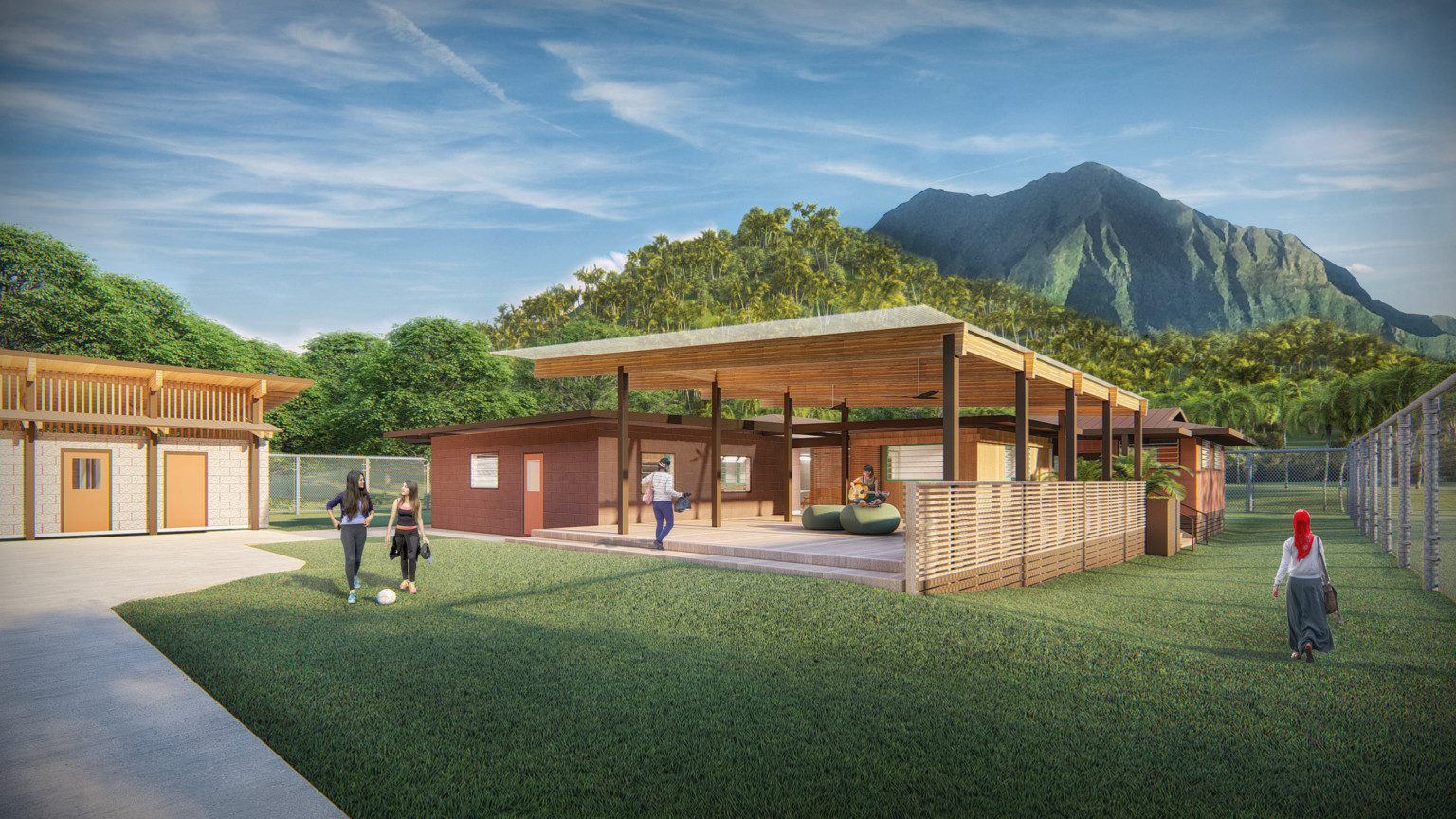
Beyond the Building: Advocating for Equity in Justice Design
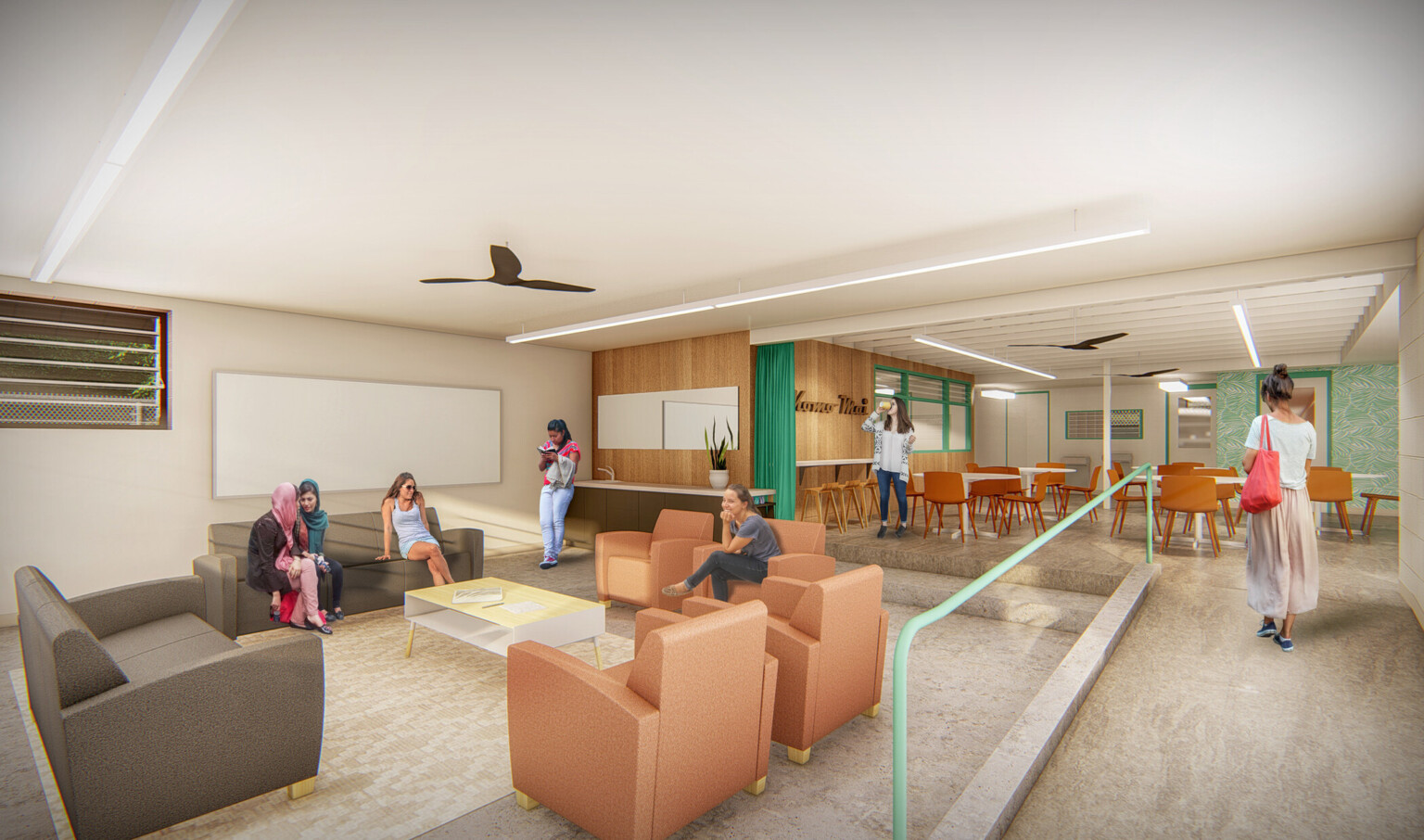
Relationships Make the Difference
Based on academic research and lessons learned from existing rehabilitative programs, we know that healthy family relationships are among the strongest factors that have a positive impact on the incarcerated, their children, and their loved ones. Building relationships has the ability to improve the cause-and-effect cycle of recidivism and reduce the social, economic, educational, and health consequences to those affected. What we offer as architects and engineers is the expertise on how to design and weave spaces that facilitate these connections into the justice facilities and communities that need them. How can architects and designers best influence family functioning and human connection?
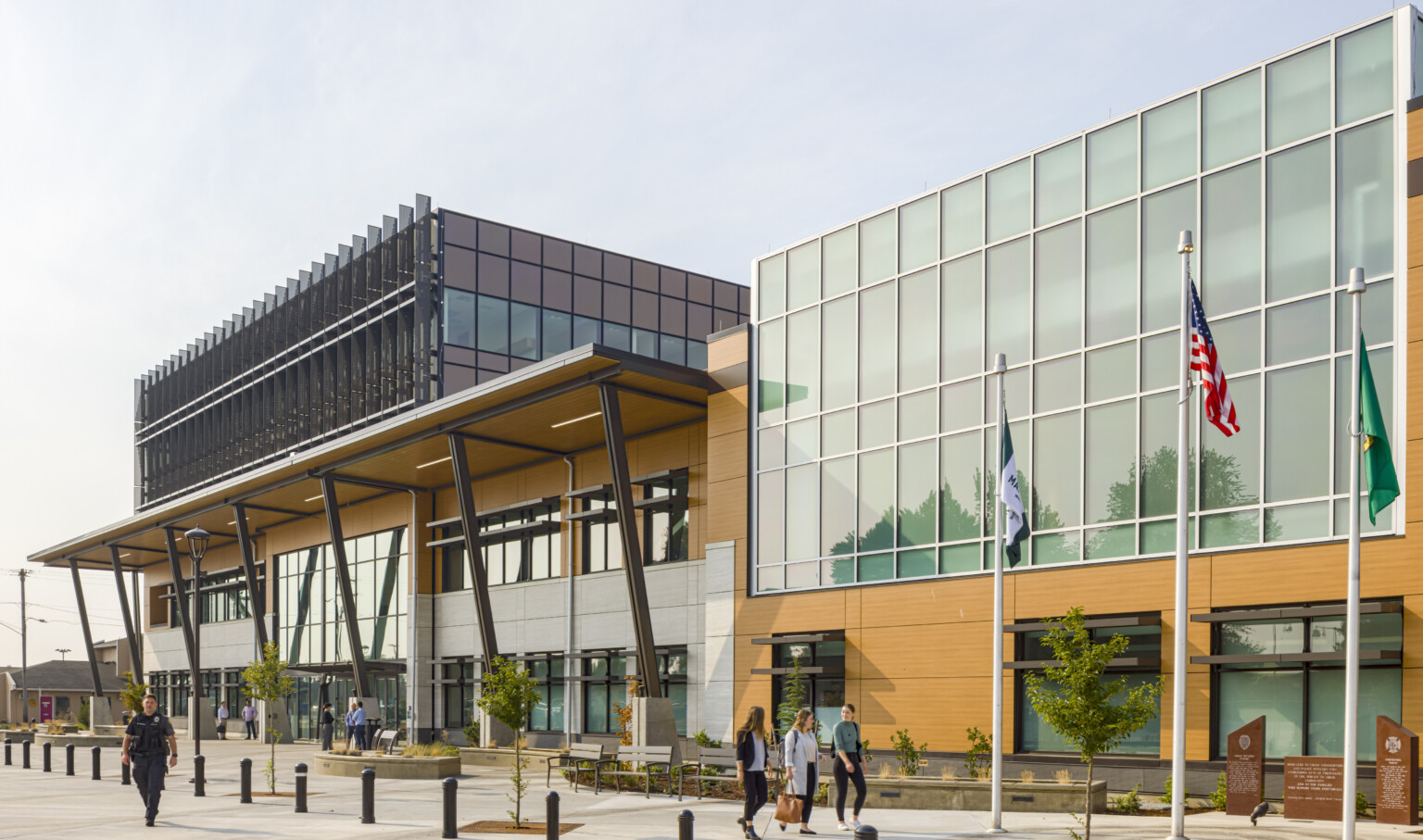
Community Partners
To help answer this complicated question, we coupled our knowledge with representatives of non-profits who have a unique perspective and work directly with those impacted by the system. We brought to light the stories of incarcerated women recording themselves reading books to be mailed directly to their children; the stories of incarcerated individuals who view prison as a cocoon that nurtured opportunities they would not have otherwise; and the stories of volunteer mentors that commit to educating and engaging the children of incarcerated parents.
While these organization positively impact the lives of those in the justice system, they often face barriers in the spaces where the people who need the support are housed. Those mothers who read storybooks are often recording in noisy corridors due to lack of dedicated private space; those incarcerated individuals who have a positive outlook on their detention or corrections experience often lack accessible and welcoming visitation rooms to connect with their loved ones; and those mentors who dedicate time to engaging at-risk youth often lack flexible and comfortable spaces to educate in their communities.
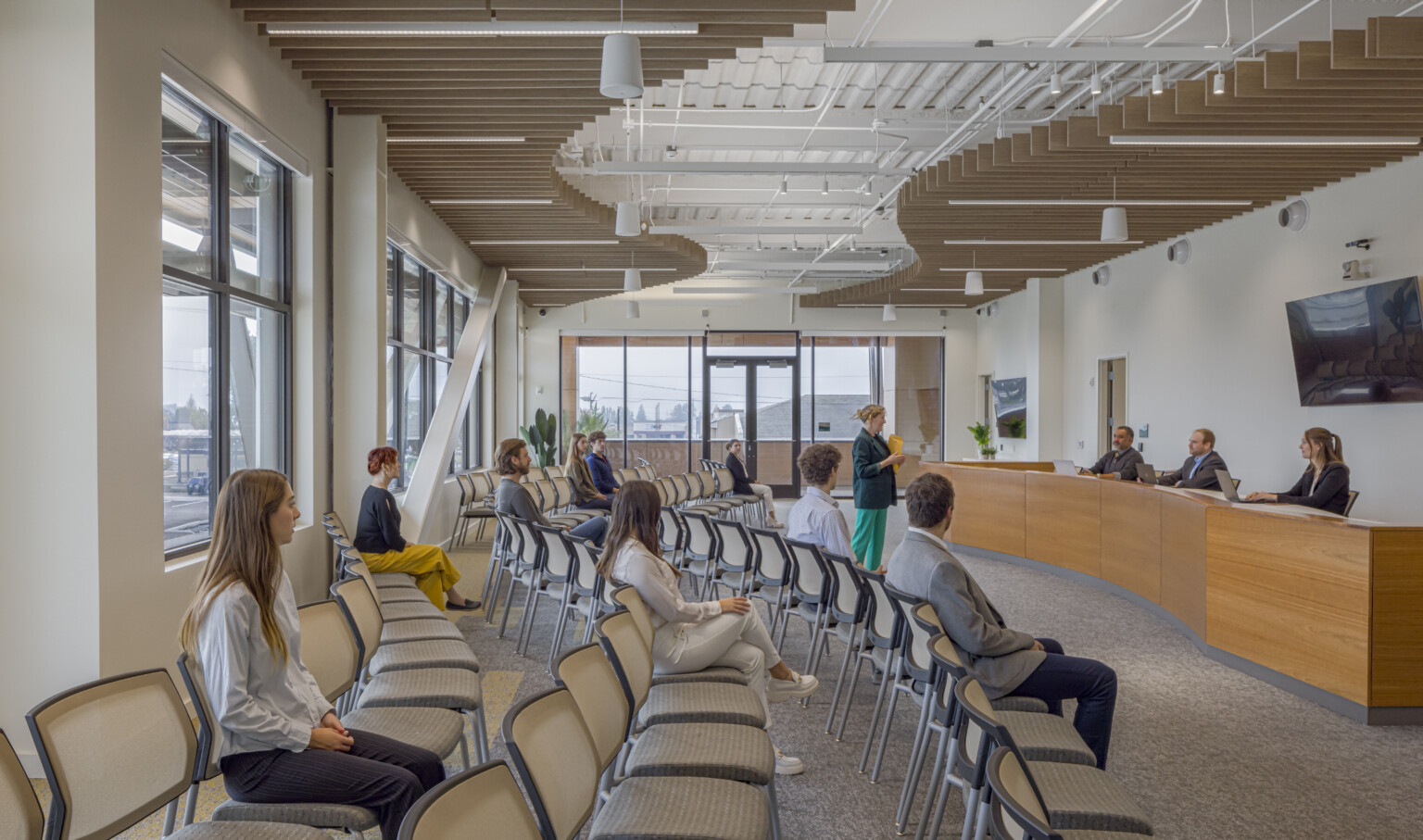
A Place at the Table
Government and policy aren’t enough. Agencies often lean on non-profits to provide the critical rehabilitative support described above. And yet, these organizations are not at the table when it comes time to plan facilities. But there is good news. As stewards of the public built environment, we are tasked with researching and understanding the mission, not only of the government agencies, but of those with whom they partner. We educate ourselves on unique community needs, and we show up to advocate for those who cannot advocate for themselves. Most importantly, we don’t forget that those who are incarcerated are people, often with children, partners, and dreams of making a positive impact on society one day.
Increasingly, the planning and design process brings all stakeholders to the table to assess specific needs within the built environment. And together, we are preparing spaces for a more equitable, healing, and transformative environment for individuals and the communities where they live.
